The growing season in plants - what is it?
Plant life takes place at a certain frequency, in which there is both attenuation and a burst of active growth. The time when the active development of the plant organism takes place is called the growing season. It is necessary to know about the peculiarities of its course in different horticultural and horticultural crops in order to manage this process to improve the quality of the crop.
Getting high yields of garden fruits and vegetables is the dream of every summer resident. But often this is hampered by climatic and unfavorable weather conditions. Therefore, it is so important to choose plant varieties that have a growing season suitable for a particular region.
Content:
- The growing season - what is it?
- Features of vegetation in annuals and perennials
- How is the growing season for currants and gooseberries?
- Development of cucumbers and tomatoes during the growing season
- The growing season of fruit trees
- Methods for influencing the duration of the growing season of plants
The growing season - what is it?
The growing season is called a period of time during which the plant is actively developing. It is different for each variety of vegetable and horticultural crops. Its duration also depends on the growing climate of the species. The time period can stretch twice or more if there is not enough light, food or water for the growth of the organism.
The growing season is calculated from the time when the seed germinates to the moment that ends with the ripening of the fruit. In trees, it is associated with awakening after hibernation, characterized by sap flow and swelling of the buds, until the leaves fall off.
The duration of development in a particular plant depends on what type of crops it belongs to - early-maturing, mid-maturing or late-maturing.
For the concept of the growing season, another definition. This is part of the year with those temperature regimes that are favorable for the growth and development of plant organisms. It can be shorter than the growing season, since not all areas fully ripen the fruits. And in others, the growing season for a particular species is repeated several times. It is important and necessary to understand, to have knowledge about the timing of the vegetation of plants for carrying out competent agricultural technology of garden, vegetable garden crops.
Features of vegetation in annuals and perennials
The life span of plants is calculated from the moment of emergence from seed to death. Therefore, they are divided into the following groups:
- Annual species have a short lifespan: they bloom, bear fruit and die once. In regions with a cold climate, annual seeds are planted in spring, and seeds ripen in autumn. In the southern regions, although the growing season of annual plants continues constantly, their life cycle is only one season. This is the case with pumpkin, cucumber, watermelon, salad, spinach, eggplant.
- Some plants will take two years to complete their growing season.Initially, they reach the state of a root crop, a bulb in which nutrients are collected. And the seeds or fruits necessary for the subsequent cultivation of the species are already formed in the second year. In subtropical zones, the growing season of the plant continues naturally, and in cold climates - with the help of planting overwintered plant organs. Within two years, the full life cycle of the plant, which includes carrot, rutabagas, turnips, onion, radish, cabbage.
- Perennials are characterized by fruiting throughout their lives. In the first year, they form organs - rhizomes, bulbs - with a supply of nutrients. After wintering, shoots appear from them, which develop and pass the way to maturation and dying off. These periods last for many years. These types of plants include horseradish, rhubarb, sorrel, and some types of onions. From flower cultures - tulips, hyacinths, lilies of the valley.
The short growing season of annuals allows annual species renewal, experimenting with plantings. And the beloved perennials delight with their fruits and flowers every year, without requiring hassle and time.
How is the growing season for currants and gooseberries?
Currant are classified as frost-resistant species, therefore, the growing season for a berry bush begins even at a temperature of about five degrees Celsius. White and red plant species are not afraid of spring frosts. But for black currant during its flowering, low temperatures are dangerous, they can lead to damage to buds and flowers. Gooseberry afraid of severe frosts, so often its shoots freeze slightly.
Each period on the currant bush, an increase in young shoots occurs, which stops by the age of five years of the plant's life. In gooseberries, this happens a year or two later. After that, the yield of berries decreases sharply.
Removing old branches will help to renew currants and gooseberries.
They are cut out in early spring along with frozen shoots. Fertilizing with diluted poultry manure or mullein will speed up the ripening process of the berries. For the berries to fill well, they need a lot of moisture.
During the growing season, currants are watered up to four to five times, and gooseberries - two or three. The growing season of berry bushes ends with harvesting. Gooseberries ripen in late July - early August, black currants - after July 15, and red - in the first half of the month. Protecting shrubs from spring frosts, creating sufficient light and humidity for them will allow them to go through the growing season to the fullest.
Development of cucumbers and tomatoes during the growing season
Ripening period for vegetables such as tomato and cucumbers, depends on the choice of the variety. For early ripening varieties of cucumbers, the growing season lasts no more than sixty days, and for later varieties it lengthens by ten to twenty days. In tomatoes, the ripeness of early varieties occurs ninety days after germination, in mid-ripening - one hundred, late species need 110 - 130 days. Depending on this, vegetables are sown.
Only in the southern regions are tomatoes sown directly into open ground, as they will ripen during the growing season. In temperate climates, they are grown in seedlings, bringing the seedlings to sixty days of age. To accelerate the growth of tomatoes, they need feeding at intervals of two weeks. To get ripe fruits on time, it is necessary to restrain the powerful vegetative growth of the main shoot and stepsons. Therefore, the side shoots are removed, and the bushes are fed with phosphorus and potassium.
You can speed up the growing season of cucumbers by warming the seeds before sowing.
An increase in soil temperature helps the vegetable ripen quickly. This is facilitated by sowing next to cucumbers. beans, corn, peas. Introduction mineral and organic fertilizers, timely watering helps to accelerate the growth of fruits.During the growing season, several harvests of cucumbers are harvested. The growing season for cucumbers and tomatoes is considered complete if ripe seeds are collected from the fruits for the next year.
The growing season of fruit trees
The growth of fruit trees begins with swelling of the buds. First, flower buds bloom, and a week later - leafy ones. Each type of fruit tree has a different growing season:
- Apple trees begin to wake up as the heat increases. As soon as the air temperature warms up to ten degrees above zero, the kidneys open. The flowering tree lasts ten days. Depending on the variety, apple trees bear fruit, starting in July and ending in late autumn. The growing season of a fruit tree is extended with the help of watering, fertilization.
- Have pears awakening begins already at daily temperatures of six degrees Celsius. Flowering is fifteen days late from the beginning of the growing season. It will pause if a sudden cold snap begins. After one or three weeks of flowering, the pear will begin to bear fruit.
- For plums a life span of twenty years is characteristic, and it begins to bear fruit in the fourth or seventh year. After flowering in May on the plum, the fruits are formed and ripen in early varieties in August, in late varieties in mid-September.
- Cherry characterizes undemanding to temperatures, soil composition, care. She goes through the growing season easily and quickly, waking up in early April.
Fruit trees need to create comfortable conditions so that they can give high yields of apples, pears, plums.
Methods for influencing the duration of the growing season of plants
In regions with temperate and cold climates, it is difficult for plants to complete the growing season completely. Therefore, you need to know how to speed it up:
- Plant life in early spring is based on nutrients that it takes from the soil or accumulates in the roots. A low percentage of them will not allow flower buds to form, then there will be no harvest. Therefore, for perennial crops, fruit trees and shrubs, the growing season begins if nutrients are laid in the soil in the fall. And the introduction of nitrogen-containing fertilizers in the spring will help the plant quickly strengthen and begin its development.
- It is possible to shorten the period of development of fruit trees not only thanks to mineral dressing, but also the preservation of moisture by the method of snow retention. Then the tree's spring activity will accelerate.
- A delay in sowing prevents many annuals from completing the growing season, that is, giving seeds or fruits. Therefore, it is important to plant crops on time, taking into account the climatic conditions of the region. And often for plants with a long growing season, it is necessary to grow in seedlings.
- For heat-loving plants, a large amount of daylight is important, therefore some species are best grown in greenhouses with additional lighting.
Depending on what the crop is grown for, the method of influencing the duration of its growing season is also chosen. In cabbage, we need heads of cabbage, so we must not let the vegetable plant bloom, but focus on the quality of the fruit.
More information can be found in the video:



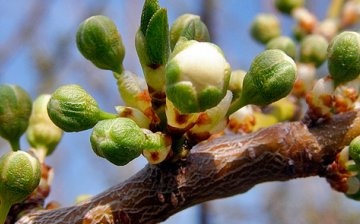
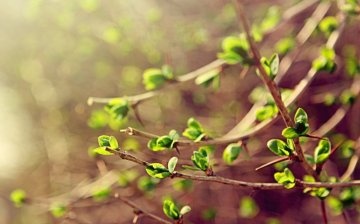
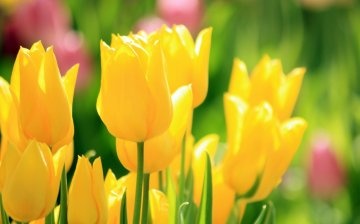
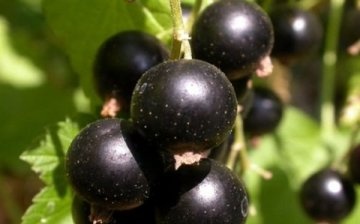
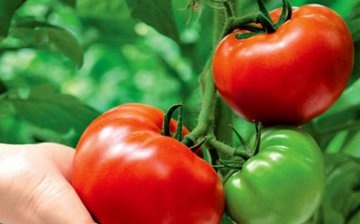
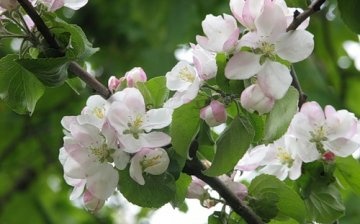








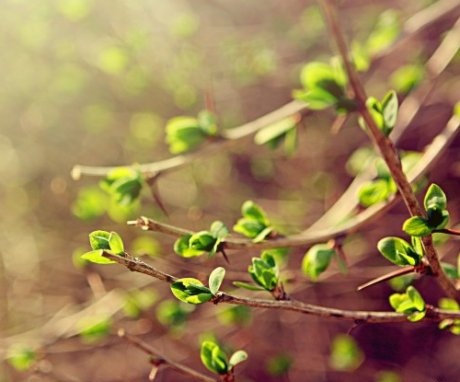
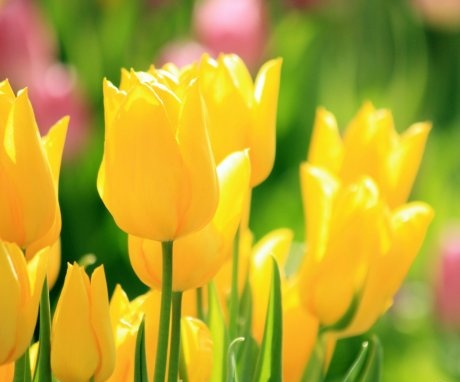
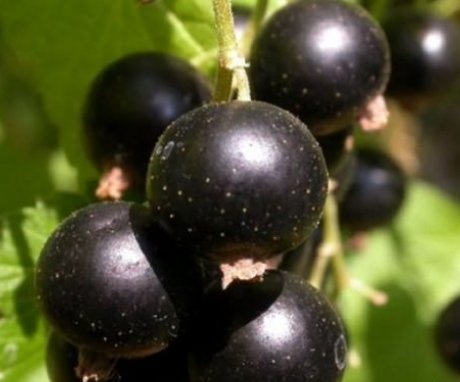
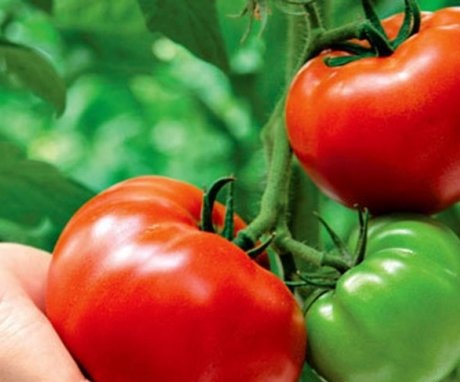


In order for tomatoes to extend the growing season, they are first planted not in open ground, but in special peat cups and seedlings are grown on a windowsill, or in a greenhouse. Cucumbers are immediately planted in greenhouses, even at the end of winter, and in the spring, or at the beginning of summer, they already receive early production.